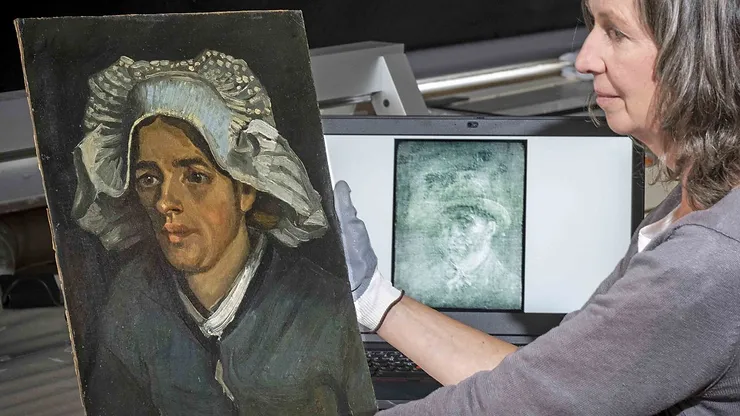By: Yi Qi
Vincent van Gogh, a famous painter, painted a self-portrait in oil on canvas. The work, which may have been Van Gogh’s last self-portrait, was painted before he left Saint Remy de Provence in southern France.
X-rays were used on a Vincent van Gogh painting, and it was found to have an undiscovered self-portrait hidden on the back. The discovery was made when experts at the National Galleries of Scotland scanned the work of Vincent while nobody was there.
Vincent produced his self-portraits because he wanted to practice painting people.
The majority of them (over 25) were done while he was in Paris (1886–88). He also had some unfortunate experiences like him cutting his ear off.
“When we saw the X-ray for the first time of course we were hugely excited. Such a major discovery happens once, twice in a conservator’s lifetime,” said Lesley Stevenson. “To have an image as elusive as it presently is something very, very special.”
For some time, Vincent van Gogh did not have a lot of money, so in order to paint many things he used both sides of the canvas. This is not the only hidden double sided paintings made by Vincent; there are still many not found and ones that have already been seen or found.
“Moments like this are incredibly rare,” Frances Fowle, senior curator of French art, said in a statement. “We have discovered an unknown work by Vincent van Gogh, one of the most important and popular artists in the world.” These ghostly paintings are not easy found.
In the future many Vincent Van Gogh double sided art works may be discovered. Then people can see more of what happened before today.
Links:
https://www.nga.gov/collection/highlights/van-gogh-self-portrait.html
https://arstechnica.com/science/2022/07/x-rays-reveal-hidden-van-gogh-self-portrait/











